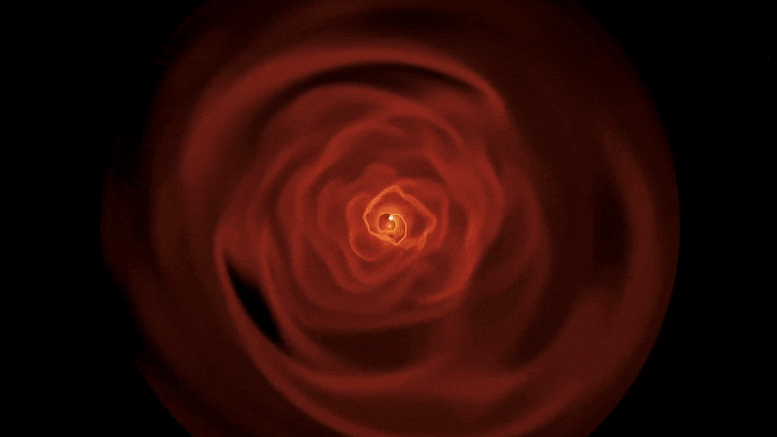
Binary companions influence stellar winds from aging stars, creating the diverse shapes seen in resulting planetary nebulae.
Interactions with binary companions shape the stellar winds blowing from elderly stars, generating the dazzling array of complex shapes found in the planetary nebulae they produce, a new study finds.
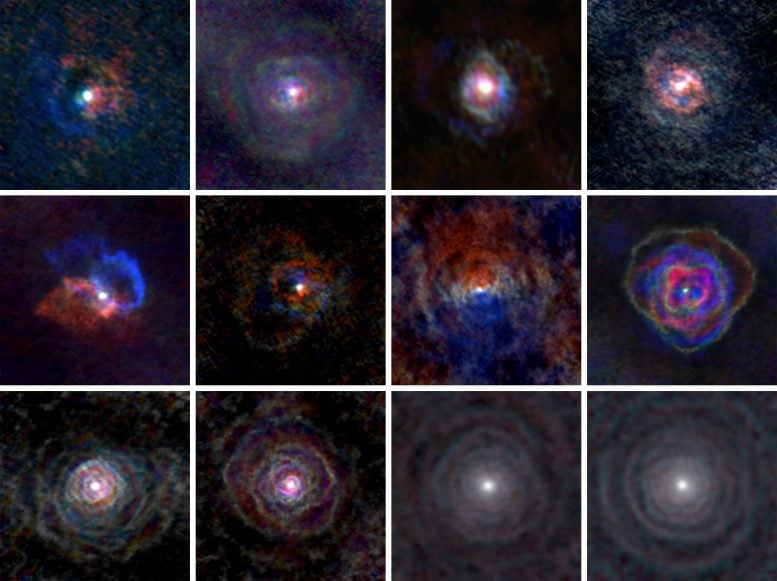
This image gallery of stellar winds around cool aging stars shows a variety of morphologies, including disks, cones, and spirals. The blue color represents material that is coming towards you; red is material that is moving away from you. Credit: © L. Decin, ESO/ALMA
While massive stars explode in brilliant supernovae when they die, those with low and intermediate masses — less than eight times the mass of the Sun — swell and evolve into a type of cool, highly luminous red giant, also known as an asymptotic giant branch (AGB) star. During this short, final stage, as the aging star runs low on fuel, the outer layers of its atmosphere are lost into space as stellar wind, stripping the star of much of its remaining mass.
Eventually, this material forms a so-called planetary nebula — an expanding cloud of ionized gas ejected from the dying star and set aglow by its exposed stellar core.
Professor Leen Decin (KU Leuven) discusses how her team discovered an explanation for the mesmerizing shapes of planetary nebulae. Their discovery is based on an extraordinary set of observations of stellar winds around aging stars. The team found that stellar winds have a shape similar to that of planetary nebulae and concluded that interaction with an accompanying star or exoplanet shapes both the stellar winds and planetary nebulae. Credit: KU Leuven
Planetary nebulae (PNe) display a wide range of complex shapes and structures, including rings and spirals. While interaction with a binary companion has been suggested as a possible mechanism, how such a diverse range of asymmetric forms could be produced by stars with spherically symmetric stellar wind remained unexplained. Leen Decin and colleagues observed the stellar winds of 14 AGB stars using the Atacama Large Millimeter/submillimeter Array.
They found none with spherical symmetry; instead each wind had distinct and complex geometries with morphologies that are similar to those found in PNe. Decin et al. infer that the shape of the AGB stellar wind generates the resulting PNe structures, and demonstrate that both can be explained by the influence of a binary companion star or giant planet interacting with the dying star’s wind.
For more on this research, see Mesmerizing Shapes of Planetary Nebulae Explained.
Reference: “(Sub)stellar companions shape the winds of evolved stars” by L. Decin, M. Montargès, A. M. S. Richards, C. A. Gottlieb, W. Homan1, I. McDonald, I. El Mellah, T. Danilovich, S. H. J. Wallström, A. Zijlstra, A. Baudry, J. Bolte, E. Cannon, E. De Beck, F. De Ceuster, A. de Koter, J. De Ridder, S. Etoka, D. Gobrecht, M. Gray, F. Herpin, M. Jeste, E. Lagadec, P. Kervella, T. Khouri, K. Menten, T. J. Millar, H. S. P. Müller, J. M. C. Plane, R. Sahai, H. Sana, M. Van de Sande, L. B. F. M. Waters, K. T. Wong and J. Yates, 17 September 2020, Science.
DOI: 10.1126/science.abb1229





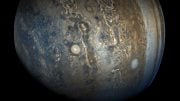
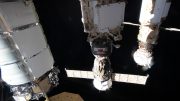

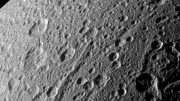
Be the first to comment on "Dazzling Array of Complex Shapes Found in Planetary Nebulae Generated by Stellar Winds Interaction With Binary Companions"